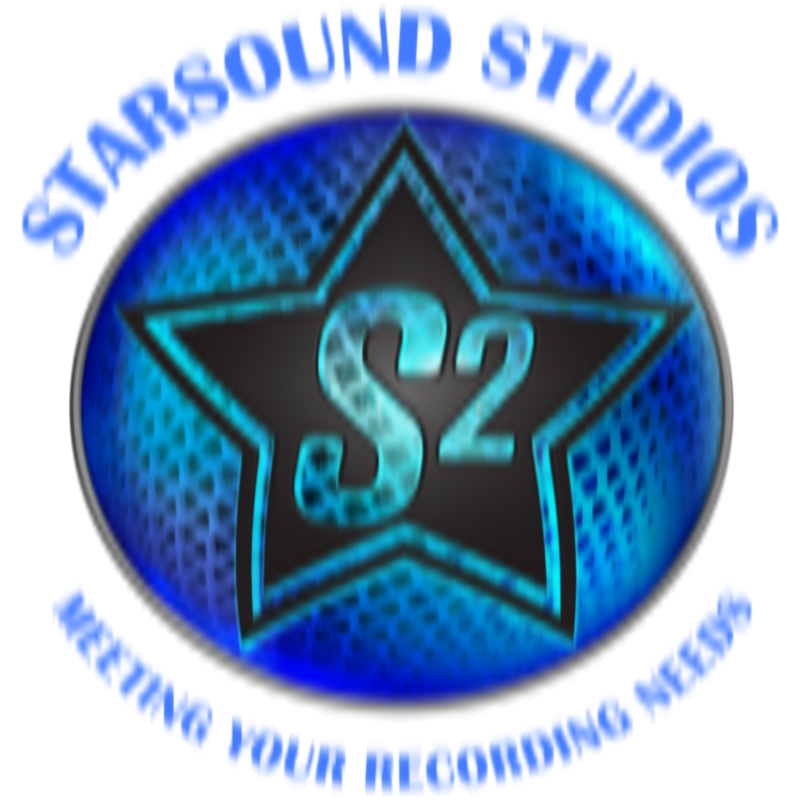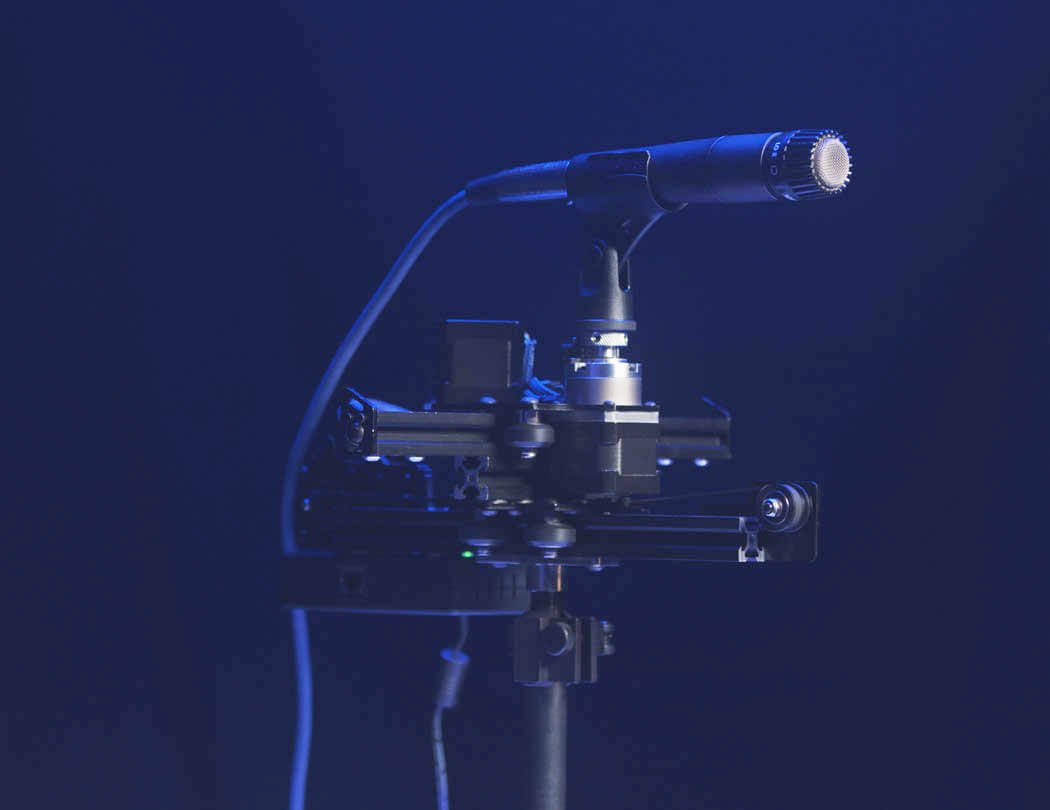Recording Guitar Dynamount At Starsound Studios
We have been developing a five-step approach when recording guitars with Dynamount to get a great tone in a recording. The secret is to capture your guitar tone out of your monitor speakers. The only way to accomplish this is with a Dynamount. It allows you to move the microphone along the guitar cabinet in real-time while sitting in the sweet spot between your monitor speakers. Here are the five steps.
First, get the guitar sound that you or your client wants in the room. In our video, recording guitars with a Dynamount below, the guitarist had a foot pedal that they wanted to use. We integrate it into our process quickly and easily. He continues to play until we dial in the sound he likes to hear in the air. We constantly fiddle with the pedal and controls on the amp to taste. This process takes time and effort. That is step one.
Secondly, we get a headphone experience that the guitarist likes when recording guitars with a Dynamount. This step is tricky because guitarists do not spend a ton of time listening to their guitar through headphones. Usually, it is a four twelve cabinet on stun! Moving to headphones is a different experience. We have a multiple-channel headphone rig with equalizers onboard to combat this issue. Tweak this system until they are at least a little more comfortable. That is step two.
Thirdly, we use a meter to ensure the proper signal level coming into our converters. Since the converters that we use calibrate to -18dB, we ensure the meter sets to this level. We achieve this by using the seven-band EQ that comes standard with ProTools. It occupies the first plugin spot. While it is open, have the guitarist play and watch the meter. There is a line that is -16dB within the plugin. Use that level to set your incoming signal. The converter can handle a couple of dB tolerance. Turn up or down your preamp level until you achieve this level. This step is the most important. You cannot clip the converter. Take great care in this step. That completes step three.
Next, we dial in the sound with a Dynamount. We have three for both our guitar rigs and the bass rig. Once the Dynamount calibrates itself, move the microphone along the speaker cabinet until you achieve the album sound you are looking to meet. This process is painstaking. All of this takes time, energy, and patience. It is also why we have a ten-hour minimum in all of our studios. This step is the most important one, as it is your final guitar tone to be recorded.
Finally, record the take. Make sure that the playing is consistent and on timing when recording guitars with a Dynamount. Get the audio take as close to perfect as you can. Re-record over and over if necessary. The idea of fixing mistakes in the mix is a myth. You only make it less miserable. If there is something you are not happy with, always re-record. Editing takes much longer than a retake. Visit Starsound Studios for more information. Until next time!

